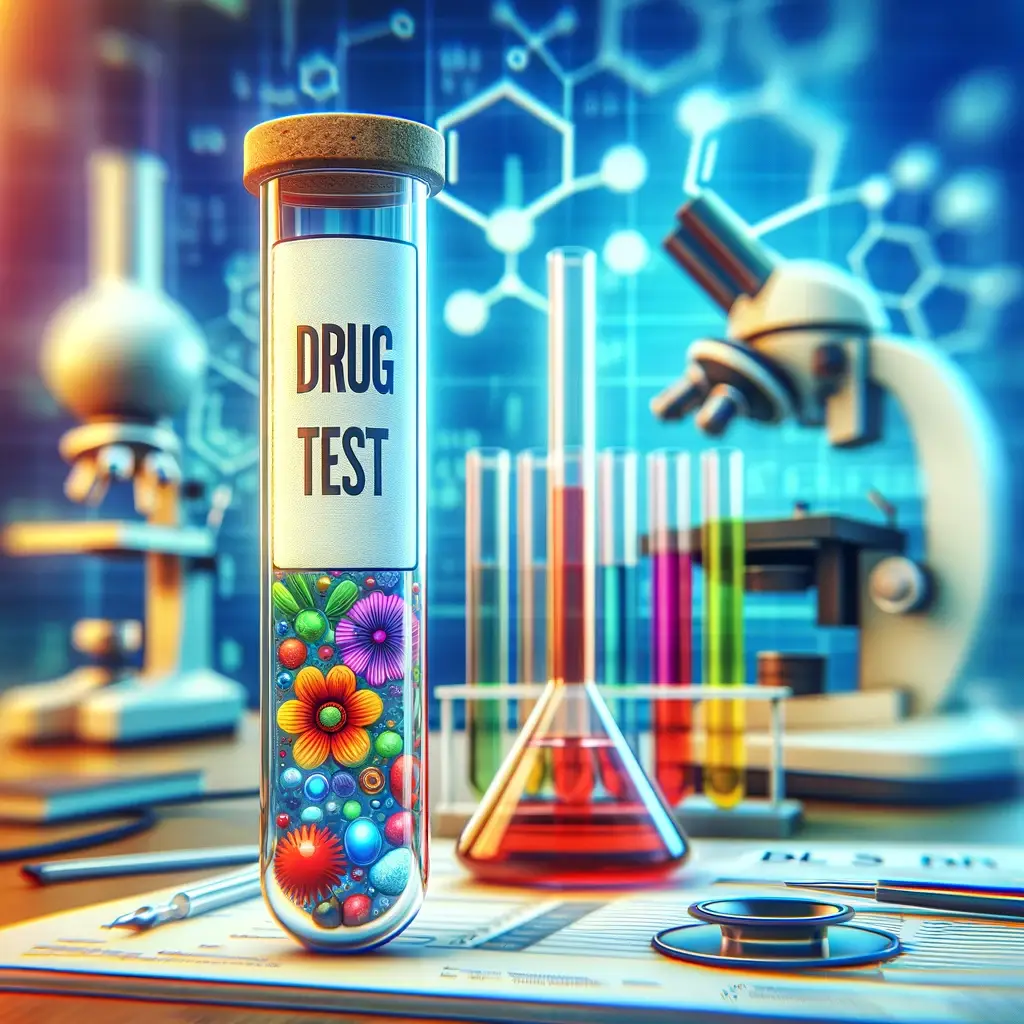Welcome to “Questions Answered,” your quick guide to background check queries. Get concise, reliable answers on everything from legal compliance to understanding your record, ensuring you’re informed and prepared. Stay updated with the latest in background screening here.
The 10-panel drug test is a common and comprehensive screening method in drug testing. This article aims to explain what a 10-panel drug test entails, what substances it detects, and its typical uses.

Understanding the 10-Panel Drug Test
A 10-panel drug test is a screening tool that checks for the presence of ten different types of substances in a person’s body, typically through urine samples. It’s widely used in various settings, including workplaces, legal scenarios, and medical treatments.
Uses of the 10-Panel Drug Test
The 10 Panel Drug Test serves pivotal roles across various sectors, each with significance and regulatory requirements. It’s a versatile tool that ensures safety, compliance, and well-being in professional and medical contexts. This section delves into the specific uses of the test, providing a detailed understanding of its application in employment, legal, and medical scenarios and how it helps maintain integrity and safety in these environments.
- Employment: Ensures a safe, productive workplace by screening candidates pre-employment and employees periodically or incident-based.
- Legal: Utilized in court-ordered situations, probation monitoring, or DUI cases, supporting legal proceedings and enforcement.
- Medical: Assists healthcare professionals in monitoring prescribed medication adherence or diagnosing substance abuse issues, which is crucial for patient treatment plans and safety.
Substances Detected & Detection Windows
The 10-panel drug test is a comprehensive method for detecting substance use, scrutinizing ten different types of drugs. This test is a cornerstone in various sectors, notably employment and legal. Each substance has a unique detection window and requires specific understanding for accurate interpretation. In this detailed section, we will explore each of the substances tested, shedding light on their detection windows and the nuances involved in testing for these specific drugs. The test typically screens for:
| Drug | Description | Detection Window |
| Marijuana (THC) | Tests for the active compound in cannabis. | The detection window varies based on usage frequency, potentially up to 30 days for chronic users. |
| Cocaine | Detects cocaine and its metabolites. | Generally detectable for 2 to 3 days after use, but the window may extend with heavy use. |
| Amphetamines | Includes drugs like Adderall and methamphetamine. | Typically detectable for two days, but may vary based on specific amphetamine-type and user metabolism. |
| Opiates | Tests for opiates such as heroin, codeine, and morphine. | The detection window is usually 1 to 3 days, depending on the specific opiate and level of use. |
| Phencyclidine (PCP) | Detectable typically for 8 days, but chronic users may have a detection window of up to 14 days. | |
| Benzodiazepines | Includes drugs like Valium and Xanax. | Detection times vary widely from 2 days to 3 weeks based on the specific benzodiazepine. |
| Barbiturates | Tests for sedative drugs, | Has a detection window ranging from 1 day to 3 weeks, based on the specific barbiturate and usage pattern. |
| Methadone | Used in pain relief and heroin withdrawal treatment. | Generally detectable for up to 2 weeks. |
| Propoxyphene | A pain reliever detectable for 1 to 2 days. | |
| Methaqualone (Quaaludes) | Though largely discontinued, it’s detectable for up to 2 weeks. |
Accuracy and Detection Window
The accuracy and detection window of a 10 Panel Drug Test are crucial aspects:
- Accuracy: It’s reliable in detecting the presence of specific substances and is known for its high accuracy. However, factors like sample handling and individual metabolism can influence results.
- Detection Window: This varies by drug. Some are detectable for a few days, while others can be traced for weeks. Regular use can extend this window.
Legal and Ethical Considerations
Administering drug tests, especially in the workplace, involves privacy and legal considerations. Employers must comply with local laws and respect the rights of employees.
Conclusion
The 10-panel drug test is a thorough method of screening for a variety of commonly abused substances. Understanding its scope and limitations is essential for accurate interpretation of results.
Related Questions
Can a 10-panel drug test detect prescription medication?
Yes, a 10-panel drug test can detect specific prescription medications. The test is tailored to identify a broad spectrum of substances, including commonly prescribed drugs like benzodiazepines and methadone. Individuals should proactively disclose any prescription medication use before testing to guarantee the results are interpreted correctly.
What are the accuracy rates of 10-panel drug tests?
The accuracy rates of 10-panel drug tests are generally high, but they can vary based on factors like the quality of the test, the time since drug use, and individual metabolism. These tests are reliable when conducted properly, ensuring a significant level of precision in detecting the presence of specific substances.
How are 10-panel drug tests administered?
Administrators typically administer 10-panel drug tests using urine samples but can also collect blood, saliva, or hair. They collect a sample from the individual in a controlled setting to prevent tampering and then send it to a laboratory for analysis. The test actively screens for ten specific types of drugs or drug metabolites.
Are there any legal considerations for taking a 10-panel drug test?
Legal considerations are crucial for a 10-panel drug test, particularly in workplaces. Employers must ensure they adhere to state and federal laws, respect employees’ privacy rights, avoid discrimination, and maintain the confidentiality of test results. It’s also imperative for employers to inform employees about the testing policy and secure their consent before administering the test.
How do I prepare for a 10-panel drug test?
To prepare for a 10-panel drug test, ensure you’re well-hydrated, provide an accurate list of all medications to the testing facility, and follow any specific pre-test instructions given by the testing entity. Avoiding substances that can lead to false positives is also recommended.
Can I contest the results of a 10-panel drug test?
Yes, you can contest the results of a 10-panel drug test. If you believe the results are inaccurate, you can request a retest or a confirmation test, often done using a more precise method like gas chromatography-mass spectrometry (GC-MS). Acting quickly and communicating your concerns to the relevant authorities or employer is important.
References
- Guide to Workplace Drug Testing
- Substance Abuse and Mental Health Services Administration (SAMHSA) Guidelines
- Accuracy of Urine Drug Tests
- Legal Aspects of Drug Testing in the Workplace
- Detection Windows for Commonly Abused Substances
This article also answers the following:
- “What Drugs are Included in a 10-Panel Drug Test?”
- “How Long Can Drugs Be Detected in a 10-Panel Test?”
- “Are 10 Panel Drug Tests Used in Employment?”
- “What is the Difference Between 5 and 10 Panel Drug Tests?”
- “How Reliable are 10 Panel Drug Tests?”
Ready to unlock the secrets of background checks and stay ahead of the curve? Dive into our blog at https://gcheck.com/blog now! Join the conversation, empower yourself, and make informed decisions with the latest insights and trends. Don’t miss out – explore our blog today!






